For cyclists seeking every performance edge, even small components like saddle rails matter. Carbon fiber has become a go-to material for high-end bike parts, but do carbon saddle rails truly enhance your ride?
The Role of Saddle Rails
Saddle rails connect your saddle to the seatpost, bearing your weight while absorbing road vibrations. Traditionally made from steel, titanium, or aluminum, rails impact weight, comfort, and durability. Carbon fiber enters the mix as a premium alternative—but does it deliver?
Benefits of Carbon Saddle Rails
1. Weight Savings: Carbon rails can shave 50–100g compared to metal options. For weight-conscious riders, this contributes to a lighter setup, crucial for climbing and acceleration.
2. Vibration Damping: Carbon’s natural flex absorbs road chatter better than stiff metals, offering a smoother ride on rough terrain.
3. Stiffness & Power Transfer: Despite being lightweight, carbon rails provide lateral stiffness, ensuring efficient power transfer during sprints.
Why Consider Trifox Carbon Saddles
Trifox's carbon saddles exemplify smart design. Their rails pair featherweight construction (under 150g) with robust durability, thanks to high-modulus carbon fiber.
The minimalist profile reduces pressure points, while the rails’ compliance enhances comfort on long rides. Whether you're racing or tackling endurance routes, these saddles offer a balanced blend of performance and reliability.

Final Verdict
Carbon saddle rails shine for riders prioritizing weight savings and vibration damping. While they require careful installation, the benefits often outweigh the drawbacks—especially with quality products like Trifox's. If you’re upgrading your setup for speed or comfort, carbon rails are a worthy addition.
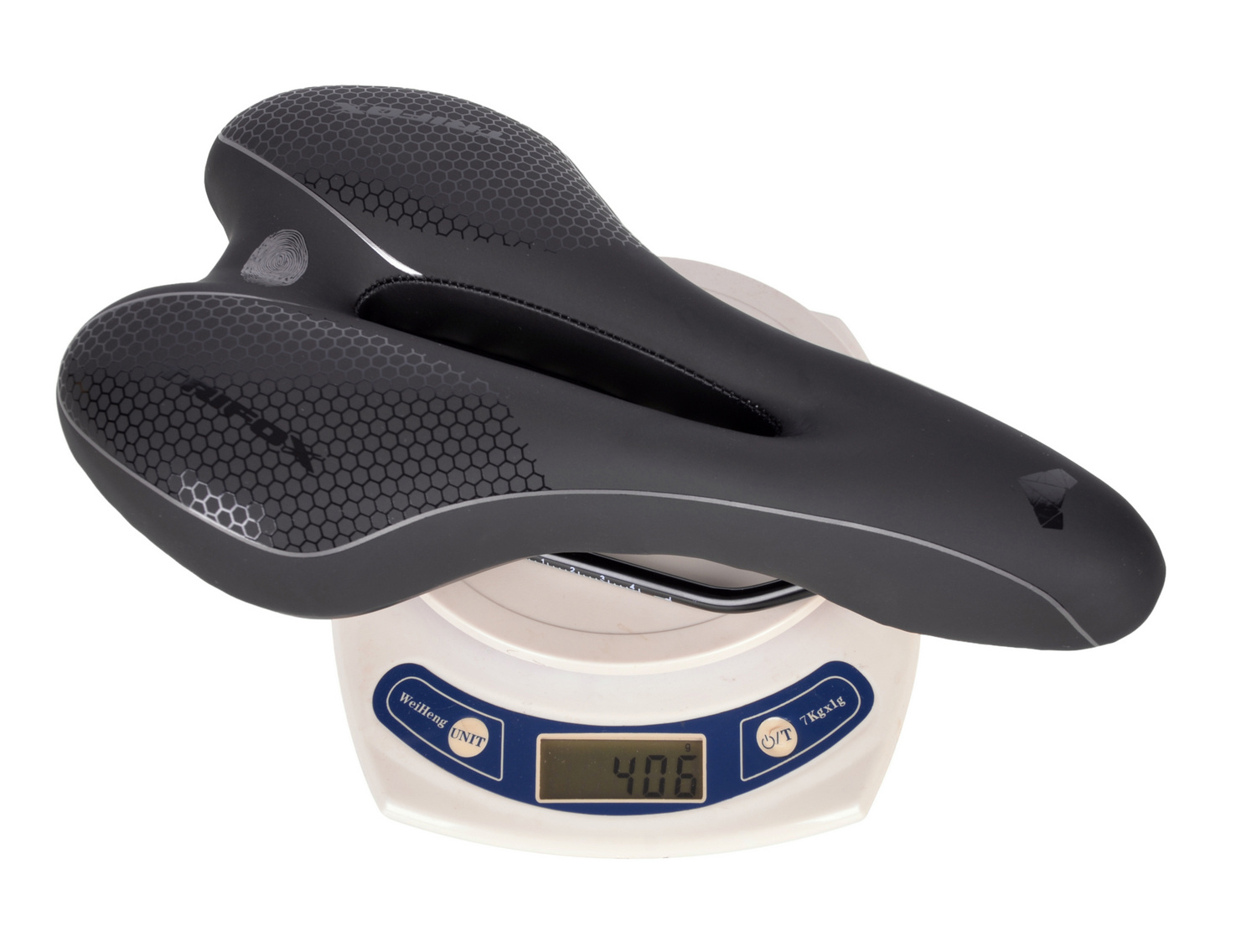
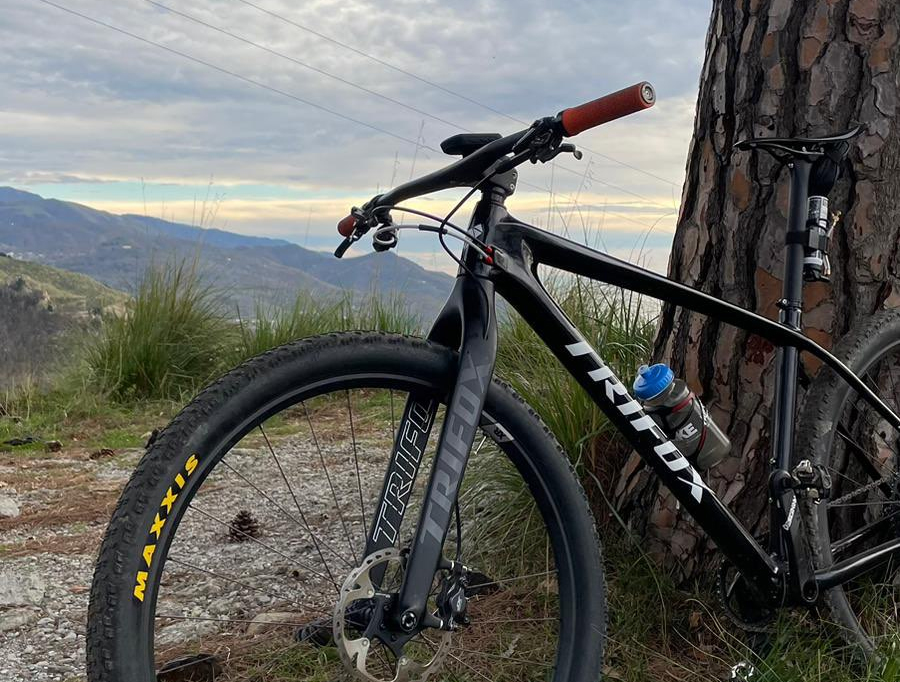
In the world of mountain biking, agility reigns supreme. Whether carving through singletrack or tackling technical descents, responsiveness and control define your ride.
The secret to unlocking next-level off-road performance lies in two innovations: an ultralight carbon MTB frame and a Boost fork. Together, they create a synergy that elevates speed, precision, and confidence on any trail.
Ultralight Carbon Frame: The Backbone of Speed
Carbon fiber's magic lies in its strength-to-weight ratio. Trifox’s SDY20 frame exemplifies this, shedding grams without sacrificing durability. A lighter bike accelerates faster, climbs easier, and flicks through tight turns effortlessly. Carbon’s natural vibration damping also enhances comfort, reducing fatigue on long rides. But the real win is stiffness—optimal torsional rigidity ensures every watt of power translates to forward motion, while compliant seatstays absorb trail chatter for better traction.
Boost Fork: Precision Meets Stability
The Boost standard (110mm front axle spacing) isn’t just a buzzword—it’s a game-changer. Wider hub spacing increases wheel stiffness, preventing flex during hard cornering or rock strikes. This means sharper steering response and unwavering control in loose terrain. Paired with a lightweight carbon frame, the Boost fork ensures your front wheel tracks true, boosting confidence on steep descents and technical climbs.
The Dynamic Duo
Combine the SDY20's featherlight frame with a Boost fork, and agility reaches new heights. The frame's nimble character complements the fork’s stability, creating a bike that’s both quick and composed. Tight switchbacks? Effortless. Rocky descents? Unshakable. This pairing reduces rider fatigue, letting you push harder for longer.
For riders seeking an edge, Trifox’s SDY20 merges cutting-edge materials and smart engineering. It's not just about weight or stiffness—it’s how these elements harmonize to redefine off-road agility.
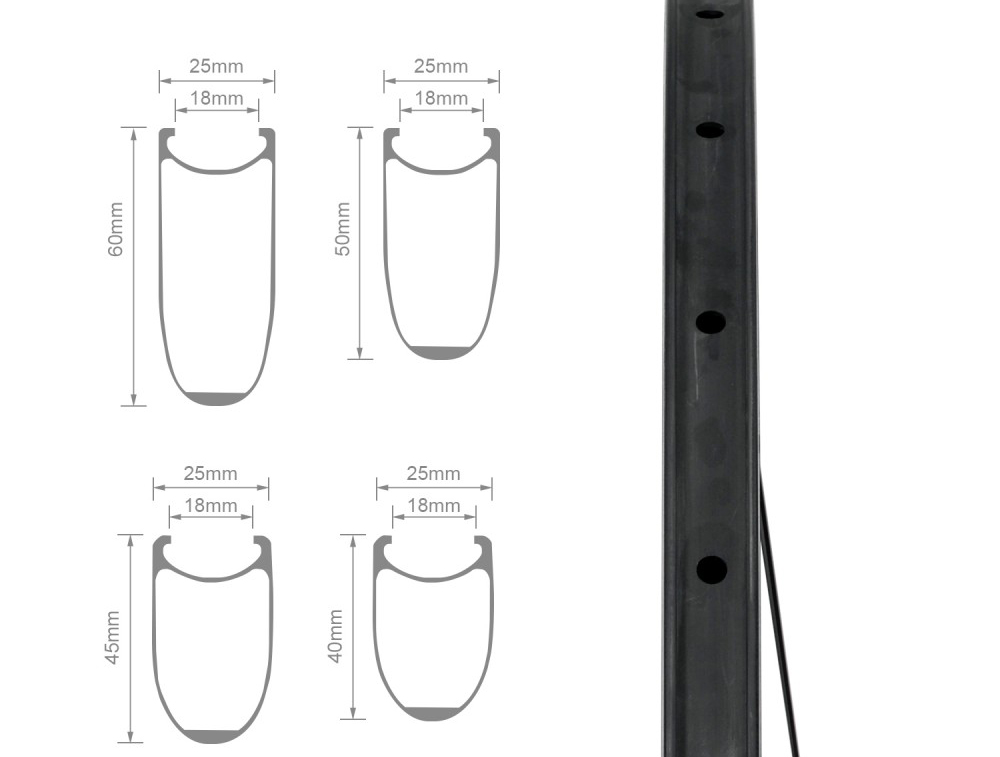
Upgrading from traditional V-brakes to disc brakes is a common question among cyclists seeking better stopping power and control. The answer? Yes, but it depends on your bike’s compatibility and budget. Let’s break down the process, costs, and whether it’s worth the effort.
Key Considerations
1. Frame & Fork Compatibility: Disc brakes require mounts (IS or Post Mount) on your frame and fork. If your bike lacks these, conversion isn’t feasible without costly adapters or replacements.
2. Wheel Compatibility: Disc brakes need hubs with rotor mounts. Your current wheels may not support this, necessitating a new wheelset.
3. Brake Levers: V-brakes use long-pull levers, while mechanical disc brakes (cable-actuated) are compatible. Hydraulic discs require dedicated levers, often meaning a new groupset.
4. Cost: Expect to spend 200
200–500+ for quality disc brakes, rotors, wheels, and labor if DIY isn’t an option.
Steps to Convert
1. Check Compatibility: Inspect your frame, fork, and wheels for disc mounts. No mounts? Consider a new fork/wheelset or stick with V-brakes.
2. Choose Brake Type:
Mechanical Discs: Affordable, easier to install, and compatible with existing levers.
Hydraulic Discs: Superior performance but require new levers and bleeding tools.
3. Upgrade Wheels: Invest in disc-ready hubs. Trifox’s lightweight carbon wheels, for example, offer durability and compatibility for smooth upgrades.
4. Install Brakes & Rotors: Attach calipers, secure rotors, and adjust pad alignment. Test thoroughly before hitting trails!
When Is It Worth It?
- Performance Needs: Disc brakes excel in wet/muddy conditions and on steep descents. If your rides demand reliability, upgrade.
- Future-Proofing: Converting lets you use modern components if you plan to keep the bike long-term.
- Frame Quality: High-end frames justify the cost; cheaper bikes may not.
Alternatives
- Hybrid Systems: Semi-hydraulic (e.g., TRP HY/RD) combines cable levers with hydraulic calipers for a middle-ground solution.
- Optimize V-Brakes: High-quality pads (e.g., Kool-Stop) and compressionless housing can improve existing V-brake performance.
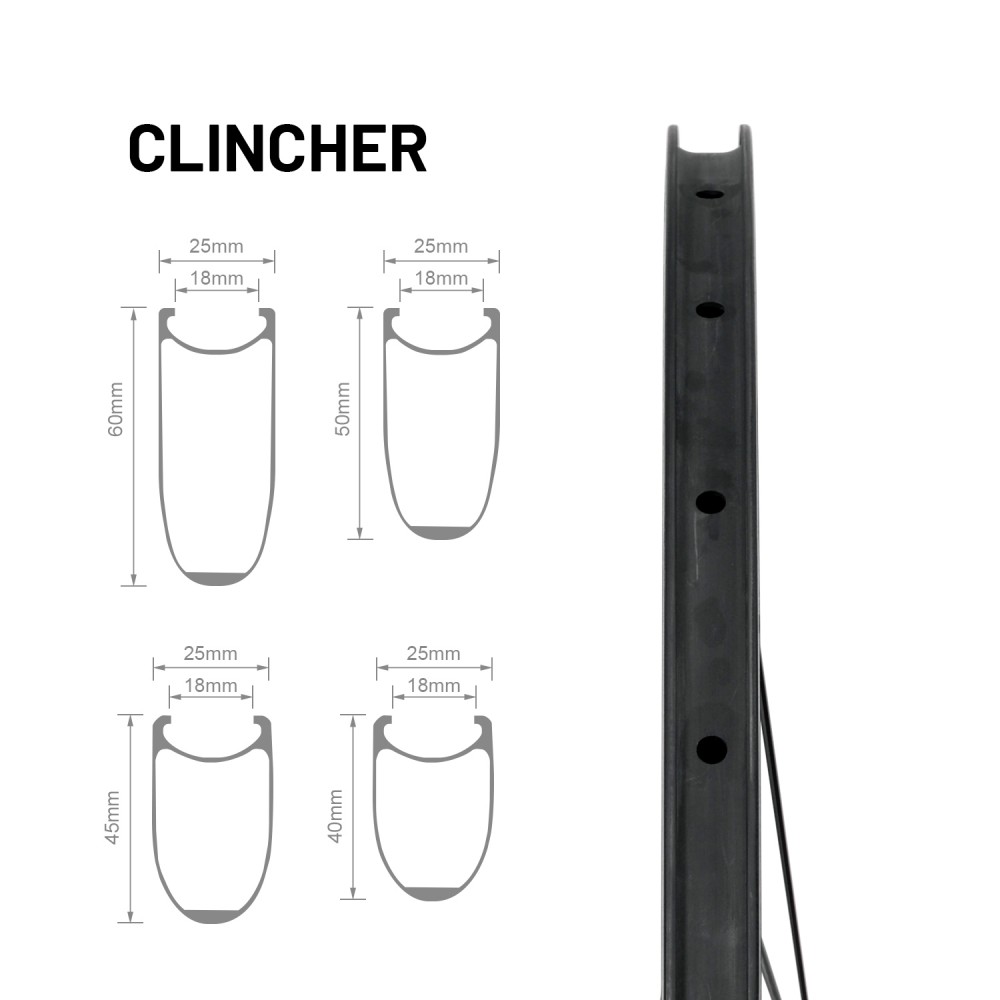
Swapping V-brakes to discs is possible but not always practical. If your frame supports it and you crave all-weather reliability, the upgrade is transformative. For casual riders or incompatible bikes, stick with tuned V-brakes or consider a new disc-equipped bike. Either way, prioritize safety and compatibility—because confident braking is the foundation of every great ride.
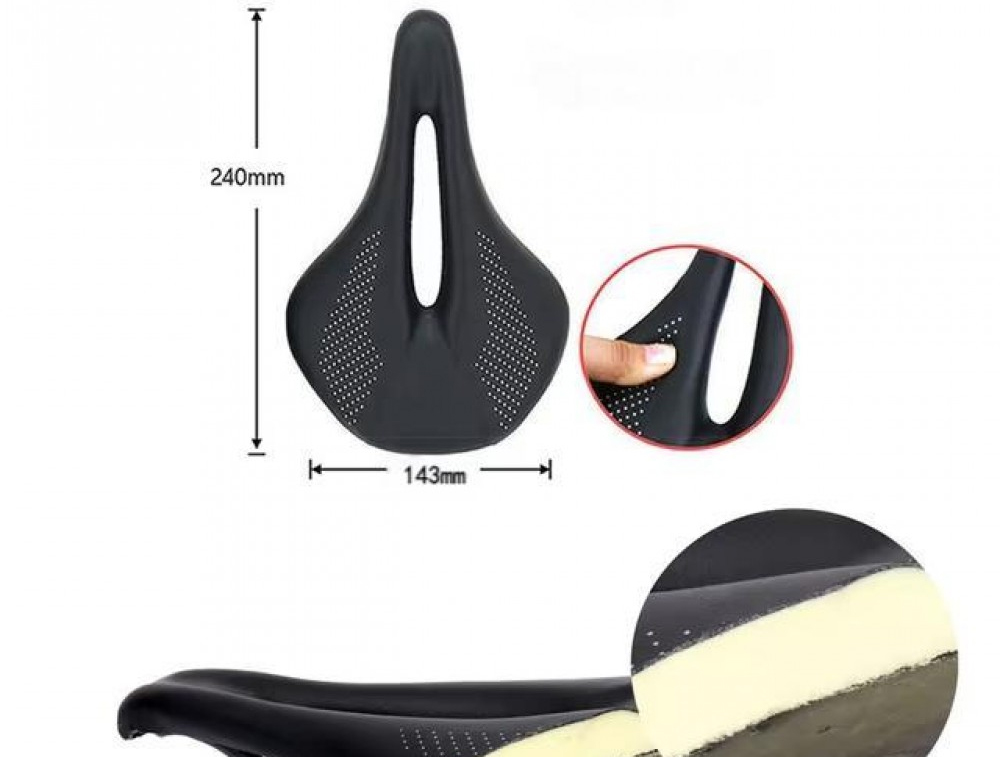
The short answer? No—not all bike saddles fit all bikes. While many saddles use universal designs, compatibility hinges on two key factors: rail type and seat post clamp design. Here's how to ensure your next saddle upgrade works seamlessly with your bike.
1. Rail Types Matter
Saddle rails—the bars beneath the seat—vary in shape and material. Common rail styles include:
Round rails: The standard for most bikes, compatible with basic clamps.
Oval/7x9mm rails: Found on performance saddles; require clamps designed for oval shapes.
Carbon rails: Lightweight but need clamps that avoid over-tightening (common in high-end posts).
Carbon saddles, like TrifoxBike’s models, often use oval or round carbon rails. Check your seat post clamp's specs to confirm compatibility.
2. Seat Post Clamp Design
Clamps come in two styles:
Single-bolt: Adjusts saddle angle and position with one bolt; works with most rails.
Twin-bolt: Offers micro-adjustability but may require specific rail shapes.
If your post has a proprietary clamp (common on aero or integrated posts), verify rail compatibility before buying.
3. Saddle Width & Shape
While width doesn't affect fit, it impacts comfort. Saddles range from narrow (130mm) for racing to wide (155mm+) for endurance. Match width to your sit bones for a pain-free ride.
Why Choose Carbon?
Carbon saddles, like TrifoxBike’s saddle, blend comfort and performance. They’re lighter than nylon or steel-railed options, reduce vibration, and often feature ergonomic cutouts for pressure relief. Just ensure your clamp supports carbon rails to avoid damage.
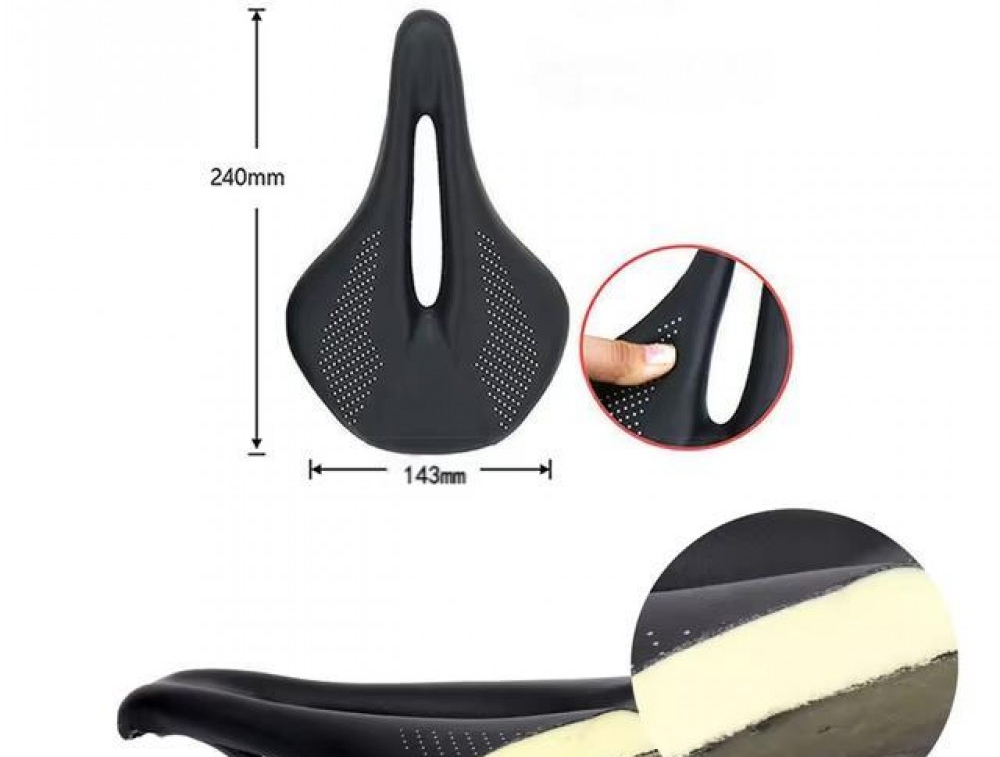
While not all saddles fit all bikes, understanding rail types and clamp designs simplifies the process. Brands like TrifoxBike make it easier with standardized, high-performance options that balance weight, durability, and price. Ready to upgrade? Swap wisely and ride comfortably!
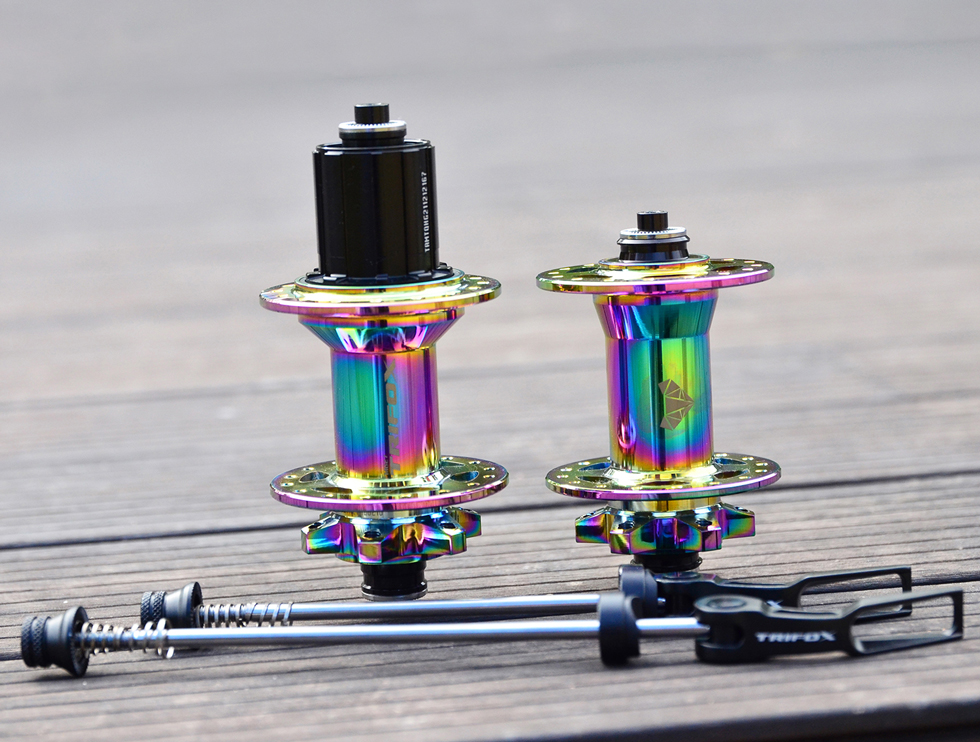
Building a high-performance bike doesn’t have to drain your savings. With strategic part selection and a focus on value, you can assemble a speedy, reliable ride without splurging on pro-level prices. The secret? Prioritize components that impact speed and durability while exploring budget-friendly brands like TrifoxBike, which offers quality parts at accessible prices. Here’s how to do it.
1. Frame: Start Smart
Skip ultra-light carbon if you’re on a budget. Aluminum frames offer stiffness and durability at a fraction of the cost. Modern alloys rival mid-tier carbon in weight and ride quality, making them ideal for performance-focused builds.
2. Groupset: Mid-Tier Wins
Shimano 105 or SRAM Rival deliver pro-level shifting precision without the premium price. Opt for mechanical over electronic shifting—it’s cheaper to maintain and nearly as responsive. Pair with a lightweight crankset and cassette for snappy acceleration.
3. Wheels: Alloy Over Carbon
Deep-section alloy wheels improve aerodynamics and are more affordable than carbon. TrifoxBike’s alloy wheel options balance weight and stiffness, ensuring efficient power transfer. Save carbon upgrades for later.
4. Finishing Kit: Keep It Simple
Handlebars, saddles, and seatposts don’t need to break the bank. TrifoxBike’s accessories page offers ergonomic, lightweight options that enhance comfort without compromising performance.
5. Prioritize Upgrades
Focus spending on parts that boost speed first: wheels, then groupset, then frame. Small savings on components like stems or bar tape add up, letting you invest where it matters.
A high-performance bike is achievable on a budget with smart choices. Brands like TrifoxBike prove you don’t need top-shelf prices for quality. By balancing cost and performance, you’ll build a machine that’s fast, reliable, and uniquely yours—without the financial strain. Ready to start? Explore TrifoxBike’s catalog and begin your build today!

Integrated handlebars have surged in popularity among cyclists chasing sleek aesthetics and aerodynamic gains. But do their benefits outweigh the installation challenges and higher price tag? Let’s dive into the pros, cons, and who should consider this upgrade.
The Appeal of Integrated Handlebars
These one-piece systems combine the handlebar and stem into a unified design, reducing weight and cutting wind resistance. For road cyclists and XC mountain bikers, the aerodynamic edge can shave seconds on fast descents or sprints. The minimalist look also appeals to riders prioritizing a clean, modern cockpit. Brands like TrifoxBike offer models that balance performance and affordability, making them accessible to more riders.
The Downsides: Complexity and Cost
Installation is the biggest hurdle. Integrated bars require precise cable routing, often through the stem or frame, which can be time-consuming. Compatibility issues with existing components (e.g., shifters, brake lines) may arise, and cutting or adjusting the steerer tube demands technical skill—or a trip to your local bike shop. Cost is another factor: integrated setups can cost 2–3x more than traditional bars and stems.
Who Should Bite the Bullet?
Competitive riders or weight weenies will appreciate the marginal gains. Triathletes and road racers, in particular, benefit from the aerodynamic savings. However, casual riders or those who value adjustability might find the rigid setup limiting. Integrated bars lock you into a fixed riding position, which can be uncomfortable on long rides if the fit isn’t perfect.
Maximizing Value
If you're committed, opt for user-friendly systems with pre-routed cables or modular designs. TrifoxBike’s options, for example, offer durability without the premium price tag. Pair them with a professional fit session to ensure ergonomic alignment.
Integrated handlebars deliver undeniable performance and style perks—if you’re willing to tackle the installation learning curve and cost. For competitive cyclists or tech-savvy enthusiasts, they’re a worthy upgrade. For everyone else? Stick with traditional setups for simplicity and flexibility. Explore TrifoxBike’s range to find a balance that suits your ride style and budget.
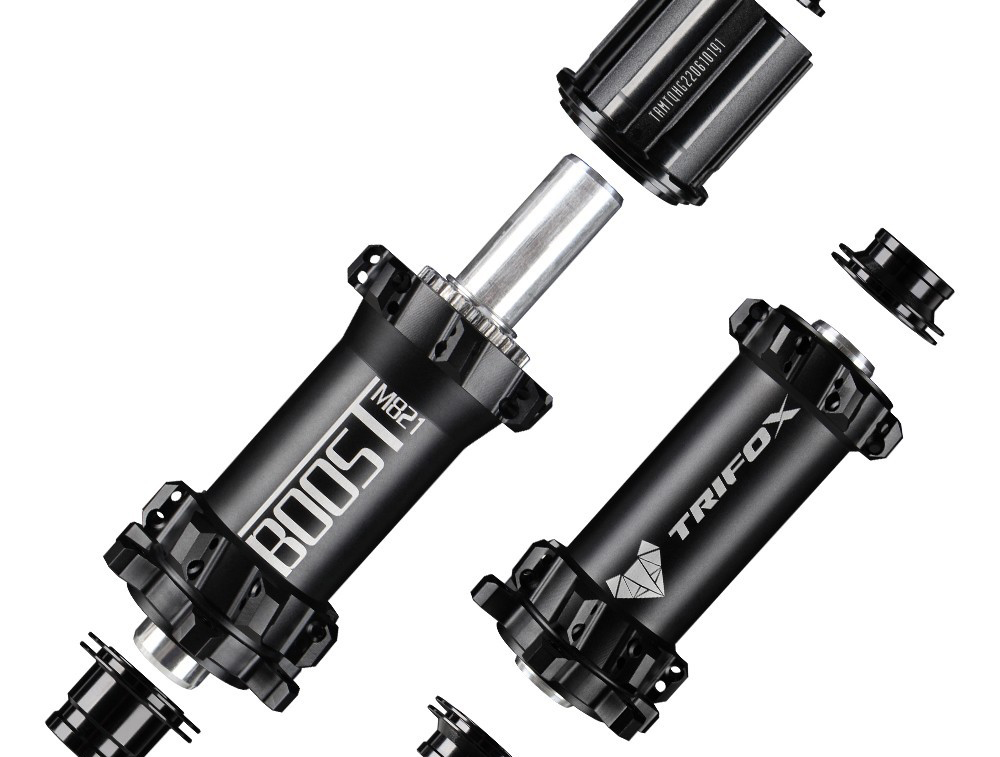
If you're eyeing a wheelset or frame upgrade, you’ve likely heard about “Boost” hubs. But is this wider hub standard (110x15mm front, 148x12mm rear) worth the investment?
What is Hub Boost?
Boost spacing increases hub width, allowing for stiffer wheels and better tire clearance. Developed for mountain biking, it enhances control on technical terrain by improving spoke bracing angles and reducing flex.
Benefits of Boost Hubs
Stiffer Wheels: Better power transfer and handling, especially during aggressive cornering or descents.
Wider Tires: Accommodates modern, plus-sized tires (2.6”+), improving traction and comfort.
Future-Proofing: Most new MTB frames and forks prioritize Boost compatibility.
When Do You Need It?
Aggressive Trail/Enduro Riding: If you’re tackling rocky descents or high-speed singletrack, Boost’s stiffness is a game-changer.
Upgrading Your Frame/Fork: Newer models often require Boost hubs. Check compatibility before purchasing.
Running Wide Tires: Boost spacing prevents chainstay rub on larger tires.
Considerations
Cost: Upgrading may require new hubs, wheels, or even a frame. The Trifox M821 offers a durable, lightweight option at a competitive price.
Compatibility: Non-Boost frames won’t fit Boost hubs without adapters (which add weight and complexity).
Riding Style: Casual riders on smooth trails may not notice a difference.
If you're into technical riding or planning a frame upgrade, Boost hubs are worth it. The stiffness and tire clearance benefits shine on rough terrain. For others, it’s a “nice-to-have” but not essential.
Ready to boost your ride? Explore the Trifox M821 Boost Hub—engineered for durability and performance without breaking the bank.
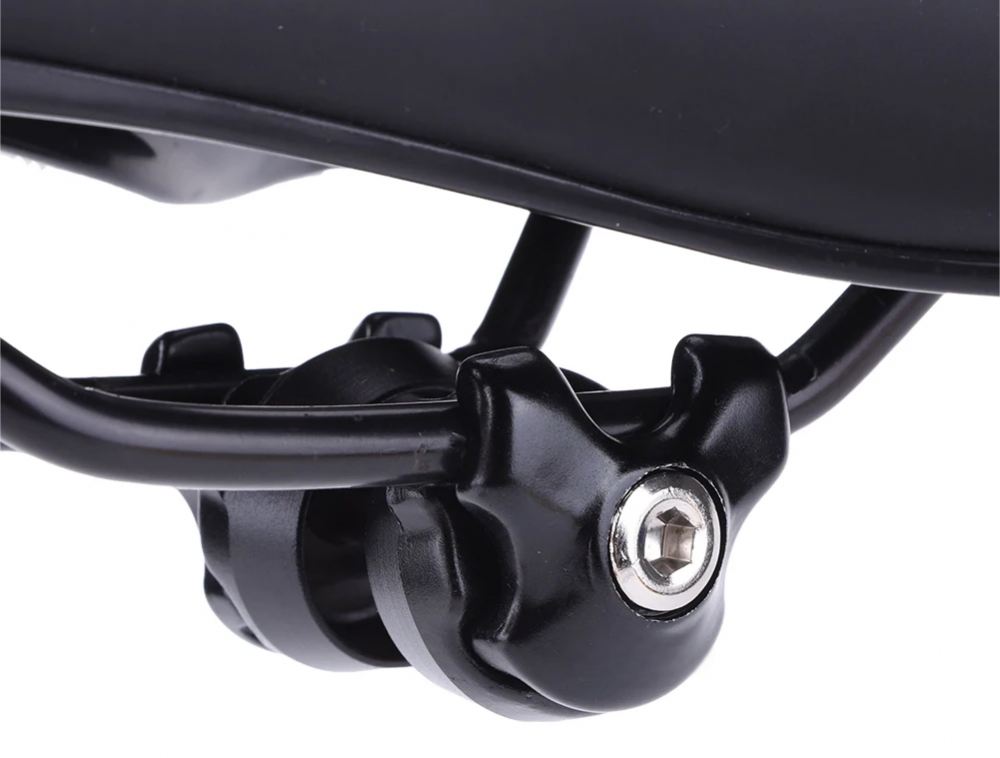
A poorly adjusted saddle clamp can turn even the smoothest ride into a wobbly, uncomfortable ordeal. Whether you’re rocking a carbon road bike or a rugged mountain bike, securing your saddle properly is key to efficiency, power transfer, and comfort.
Tools You'll Need
Allen keys (typically 4mm or 5mm)
Torque wrench (for carbon components)
Carbon grip paste (optional, but recommended)
Rag and cleaning brush
Step 1: Check Compatibility
First, ensure your saddle clamp matches your seat post and frame. The Trifox Saddle Clip comes in oval 7×9mm and round 7×7mm sizes to fit most carbon road and MTB frames. Confirm your seat post’s rail diameter (common sizes: 7mm round or 7x9mm oval) before proceeding.
Step 2: Install the Clamp
Clean the seat post and clamp interface to remove dirt or grease.
Apply a thin layer of carbon grip paste to prevent slippage (critical for carbon frames).
Slide the clamp onto the seat post, aligning it with the frame’s seat tube.
Step 3: Adjust Saddle Angle
Loosen the clamp bolts slightly to tilt the saddle. For most riders, a neutral angle (parallel to the ground) is ideal. Avoid extreme tilts—nose-down can cause hand strain, while nose-up may lead to discomfort.
Step 4: Set Saddle Height
Position the saddle at your preferred height, ensuring the seat post isn’t extended beyond the frame's minimum insertion mark. Tighten the clamp bolts evenly in a cross pattern to avoid misalignment. For carbon frames, use a torque wrench (typically 5–6Nm) to prevent overtightening.
Step 5: Secure the Rails
Slide the saddle rails into the clamp, centering them for even pressure. Tighten the rail bolts gradually, alternating sides to maintain balance. Double-check for lateral movement—if the saddle shifts, add grip paste and retighten.
文字
Step 6: Test and Refine
Hop on your bike and pedal lightly. If you feel rocking or discomfort:
Recheck bolt torque.
Ensure rails are fully seated in the clamp.
Adjust angle or height incrementally.
Why Choose the Trifox Saddle Clip?
This lightweight, corrosion-resistant clamp is engineered for carbon frames, offering secure grip without damaging delicate materials. Its oval and round options ensure compatibility with most saddles, while the sleek design keeps your setup looking pro.
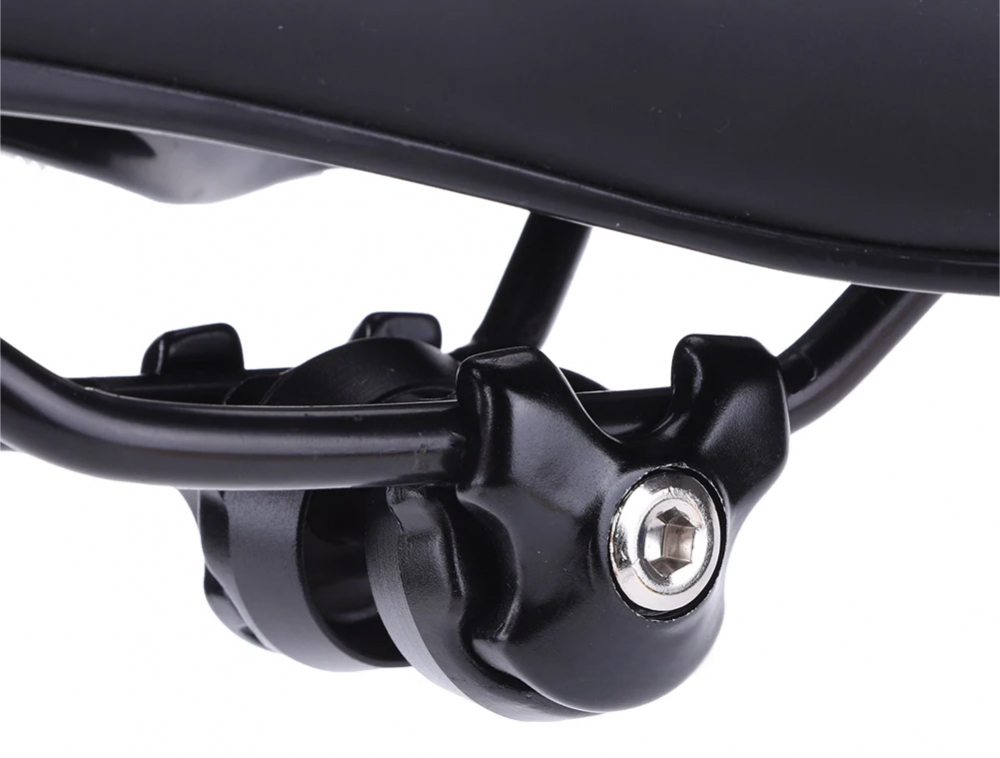
Final Tips
Regular Checks: Saddle clamps can loosen over time—inspect before every ride.
Avoid Overtightening: Carbon components are fragile; stick to torque specs.
Upgrade Smart: If your current clamp slips or feels bulky, the Trifox Saddle Clip is a reliable, affordable fix.
Dial in your saddle clamp, and say goodbye to numb hands and wasted watts.
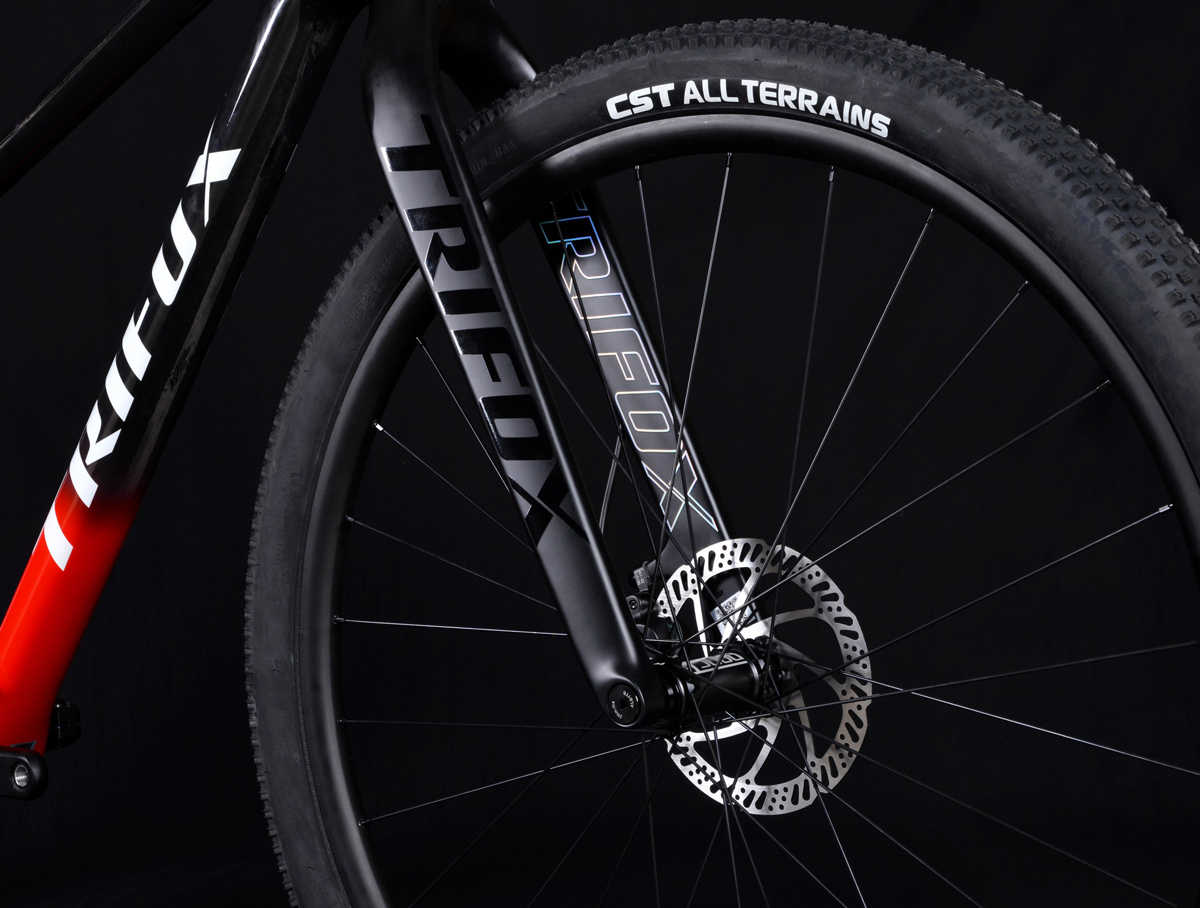
Choosing the right mountain bike fork can make or break your ride. With so many options—rigid, suspension, air-sprung, coil-sprung—it’s easy to feel overwhelmed. But don’t worry! We’re breaking down the most common MTB fork types and how they align with different riding styles.
1. Rigid Forks: Simplicity Meets Lightweight
Rigid forks (no suspension) are ultralight and low-maintenance, ideal for smooth trails, gravel paths, or bikepacking where weight savings matter most. They’re perfect for cross-country purists or riders prioritizing efficiency over comfort. However, they lack shock absorption, making them less suitable for technical terrain.
2. Hardtail Suspension Forks: Versatility on a Budget
Hardtail forks (front suspension only) strike a balance between efficiency and control. Air-sprung models (like Trifox’s carbon suspension forks) are lightweight and adjustable, ideal for trail riding or XC racing. Coil-sprung forks, while heavier, offer plush performance for all-day endurance rides.
3. Full Suspension Forks: Conquer the Gnar
Paired with a rear shock, full suspension forks soak up bumps on aggressive descents. Look for forks with 150–180mm of travel for enduro or downhill riding. Features like adjustable damping and lockouts (available in premium models) let you switch between climbing efficiency and downhill stability.
4. Hybrid Forks: The Best of Both Worlds?
Some forks blend air and coil springs for tunable performance. These hybrids cater to all-mountain riders who tackle mixed terrain. They’re adaptable but often come at a higher price point.
Key Considerations
Travel: Match fork travel to your terrain (80–120mm for XC, 130–150mm for trail, 150mm+ for enduro/downhill).
Weight: Carbon forks (like Trifox’s) reduce weight without sacrificing strength—critical for climbing.
Axle Standards: Boost spacing (110x15mm) improves stiffness and tire clearance.
Budget: High-end forks offer adjustability, but mid-range models can still deliver great performance.
Why Carbon Forks?
Carbon fiber forks, such as those from Trifox Bike, combine durability with vibration damping—key for long rides. They're also corrosion-resistant and excel in stiffness-to-weight ratios, making them a favorite among competitive riders.
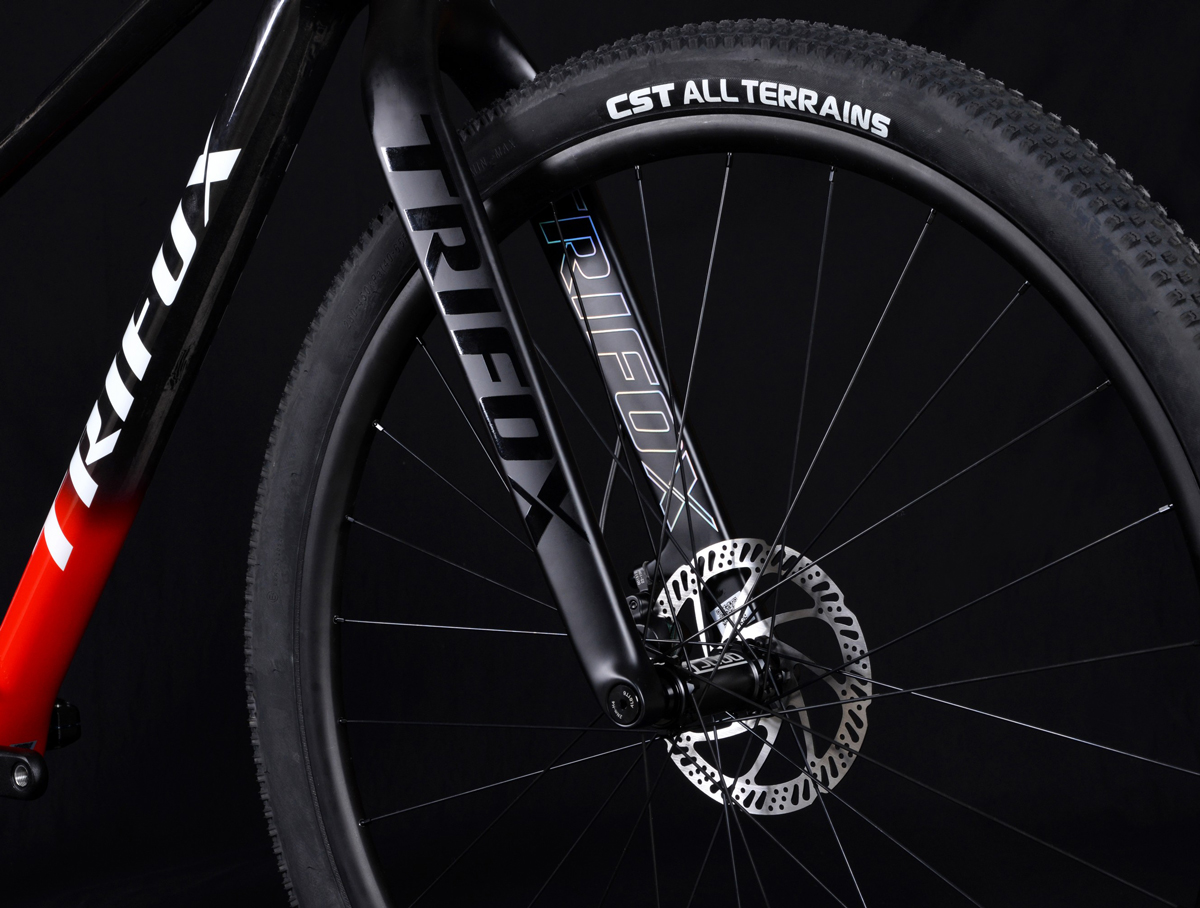
Your fork choice depends on where and how you ride. For XC racers, a lightweight air-sprung carbon fork is ideal. Trail riders benefit from adjustable 120–140mm travel, while enduro shredders need burly 150mm+ forks. Check out Trifox Bike’s carbon forks to find a high-performance option tailored to your style.
























































